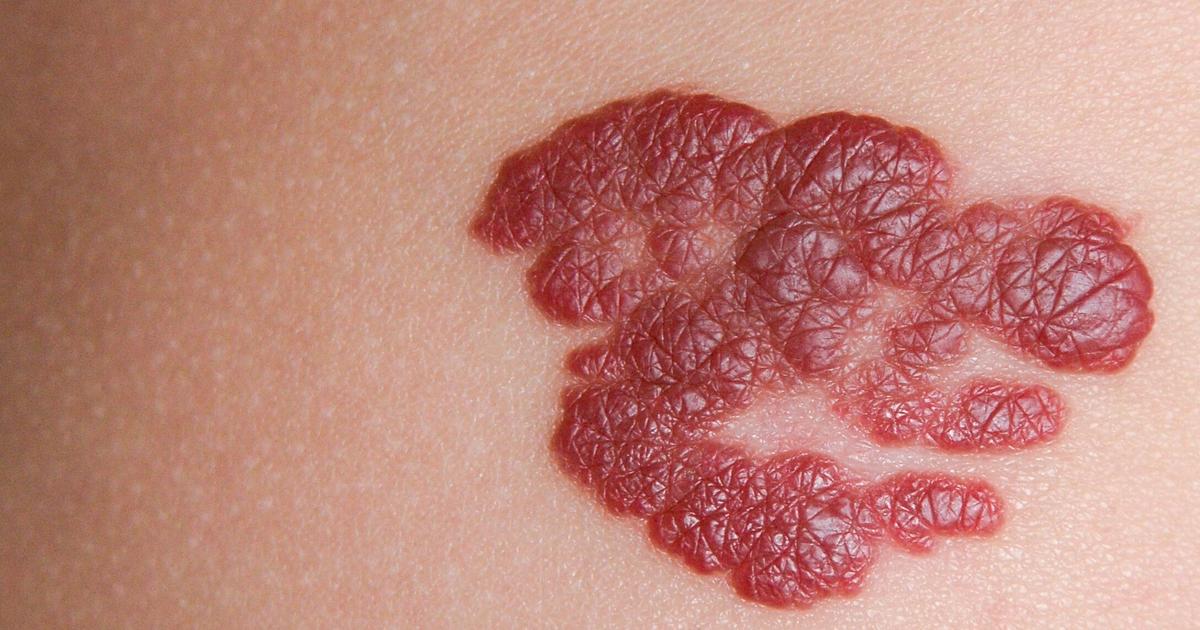Guide To Identifying A Port Wine Stain
Medically known as a naevus flammeus, a port-wine stain is a skin discoloration that occurs due to a malformation of capillaries. Approximately three out of every one thousand children are born with port-wine stains, and the capillary malformation that produces them is linked to a genetic mutation that takes place before a baby is born. The mutation is not hereditary, so it is not passed down to future generations. For reasons not yet understood, females are twice as likely to develop port-wine stains as males. The birthmarks can be easily diagnosed with a visual inspection of the skin, and laser therapy is usually the preferred treatment method. Patients may also choose to use concealing makeup.
The major characteristics of port-wine stains are discussed below.
Color And Texture

At birth, port-wine stains are typically light pink or reddish. As a child grows, the color of the birthmark often darkens with time and usually reaches a deep purple by the time the child enters adulthood. The texture of this particular birthmark tends to be smooth from birth and throughout childhood. Adults who have port-wine stains might occasionally notice the texture of their birthmark becomes thicker with age, and many patients in their forties and above have observed it takes on a cobbled texture with ridges and tiny bumps elevated above the skin's surface. While these are often normal changes, any changes in a birthmark should be examined by a dermatologist to make sure they are benign. In addition, patients should always protect their port-wine stain from potential darkening due to sun damage. Applying sunscreen to the birthmark daily is recommended.
Read about how size and location play into identifying a port-wine stain next.
